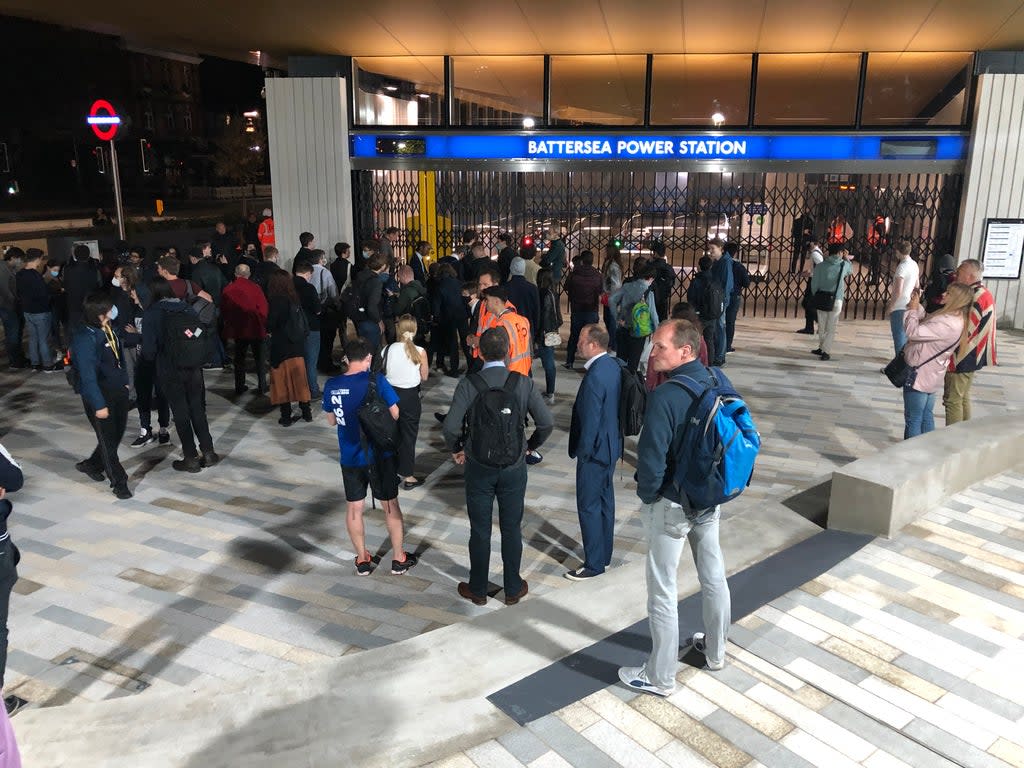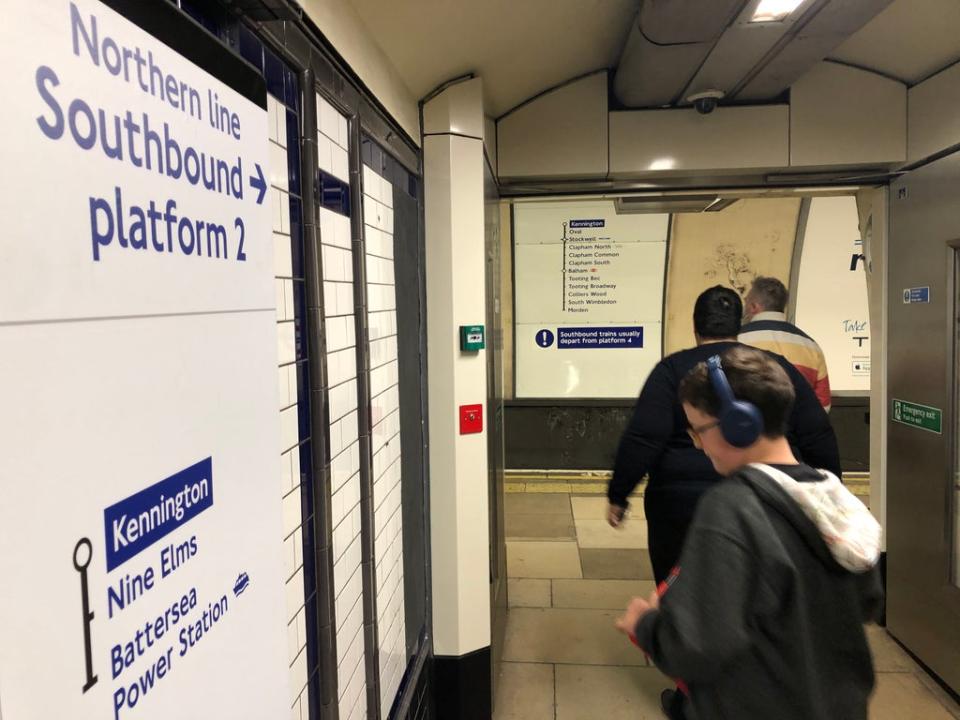They might be step-free but these new London Underground stations aren’t much use to disabled people

The place of Battersea Power Station in popular culture was assured when Pink Floyd used it on the cover for Animals, the album that preceded The Wall. I confess I’ve never listened to Animals but, if I took a Tube at the swanky new London Underground station, I reckon I would get through maybe half of it before reaching another station where, as a disabled person, I could easily depart.
Battersea Power Station is one of two new Northern line stations – the other being Nine Elms – that have just opened. They are both step-free. So if you’re on wheels you can access them from street to platform to train. No steps to miss if you’re partially sighted – and they’re also a pretty good deal for people with prams or luggage.
But the new stations are, in fact, of questionable value to the disabled traveller. You have to pass through six stops, including the interchange between two branches of the line at Kennington, before you get to the next accessible station. It is Tottenham Court Road, which at least gets you to the West End. It is even just about possible to change on to the Central line there. But you’ll need a ramp, and that means finding a member of staff qualified to operate them. Take it from me, that isn’t always easy. Apparently you have to take a course.
The next Northern line oasis is either way out in Golders Green on one side of the line or Finchley on the other (the line splits again en route). The trouble with them is that, while they’re perfectly nice, they are places where people live rather than go. OK, that’s not completely fair. There is the Arts Depot in Finchley which commendably declares that it wants to be a “beacon of accessibility”. I’m tempted to put that to the test when it hosts Juliet & Romeo in November because the play envisages the star-crossed lovers as 40-year-olds in couples therapy and that tickles my sense of humour.
But the general rule otherwise holds good. Accessible stations are relatively common where people lay down their weary heads but not in the bustling hub of the capital where people work and live it up.
Yes, yes, I know, there are buses too. But a wheelchair friend of mind summed them up like this: I avoid them like the plague. There’s just no way I’d try and use them given the grief from other passengers and sometimes drivers.

This isn’t just true of London. I’m well aware that we have it relatively good in the capital despite all this. You can just about get around if you’ve got nerves of steel, a thick skin, and the willingness to do a lot of wheeling. It certainly helps if you can call upon the services of a partner and/or friends.
Elsewhere, finding options that are easy to use, comfortable, and don’t expose you to abuse can be almost impossible, with a few notable exceptions. I’m told Blackpool is one of them, funnily enough.
I get tired of running into friends who work abroad and say, when they hear about my travails, that “it just wouldn’t be allowed back home”. Some of our neighbouring countries actually recognise that you shouldn’t go around calling something “public transport” when a substantial chunk of the public is excluded from it. If we had an “honesty in advertising” act, our transport system would be best described as “semi-public transport excluding the disabled and bloody difficult for people with young kids and prams or elderly people with mobility aids”.
It’s perfectly possible to do better. The new stations are a shining example of that. But on the rest of the network improvements have proceeded at a snail’s pace. The pandemic is the convenient, catch-all excuse for that. But it isn’t going to be all that long before “it’s the pandemic” is going to get very, very trying as a means of explaining away laziness, lack of ambition or incompetence.
So Transport for London, you have my hearty congratulations on the new stations. It’s nice that you’ve managed to add the first new ones to the Northern line in 80 years and they do look lovely. Maybe I’ll get to see how lovely in person when they’re actually useful to my community. Is it too much to ask that you try a little harder to make them that way?
Read More
Opinion: We need to reimagine dementia care using the power of music
Opinion: Why is a lefty like me working at GB News?
Opinion: Cities are surviving the pandemic – but deep issues remain

 Yahoo News
Yahoo News 
